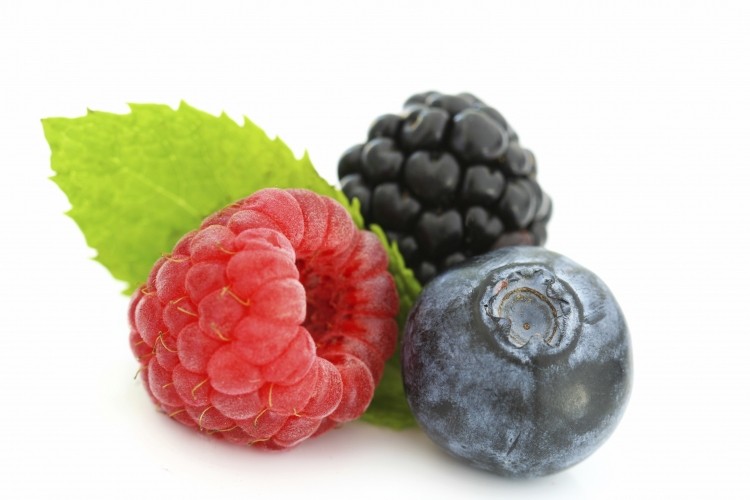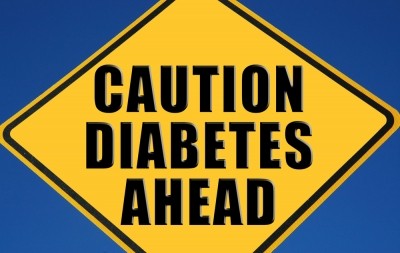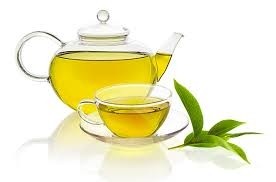Special Edition: Blood Sugar Management
Evidence continues to bolster polyphenols' blood sugar management story despite murky mode of action

“The body of research is developing and looks very promising,” Britt Burton Freeman, PhD, told NutraIngredient-USA.
“There is some nice epidemiological data on the relationship between higher dietary anthocyanins intake and lower fasting insulin levels and lower insulin resistance,” said Burton Freeman, who is the director for nutrition research at the Chicago-based Institute of Food Safety and Health. “But that epidemiological data is all on food, anthocyanins taken in in the form of the red and purple pigments you see in fruits like berries and red apples.”
“We are doing a fair amount of research on the effects of polyphenols on insulin and insulin signaling. We do see improvements in insulin response, with less insulin needed for glucose hemostatsis,” she said.
Mode of action unclear
Polyphenols researcher Navindra Seeram, PhD, agreed that the evidence looks promising. But the lack of clear-cut modes of action leaves Seeram, who is an associate professor at the University of Rhode Island College of Pharmacy in its Bioactive Botanical Research Laboratory, sounding a more reserved note.
“My take on it is that you have to be very careful because there is only so much clinical data. Right now there is good evidence that polyphenols in foods and dietary supplements can impact blood glucose management, but the mechanism is hazy,” he said.
Seeram pointed to a number of studies and survey articles backing the polyphenols for blood sugar management story. While Seeram said the mode of action is not clear cut, evidence seems to point to the inhibiting effect higher concentrations of tannins have on the action of carbohydrate-reducing enzymes. Among these was a foundational study now more than 20 years old published in the American Journal of Clinical Nutrition by a group of researchers led by Lilian U Thompson PhD, now professor emeritus at the University of Toronto. The study, titled “Relationship between polyphenol intake and blood glucose response of normal and diabetic individuals,” looked at polyphenol intake via leguminous and nonleguminous foods. “The underlying mechanisms for the negative relationship of polyphenol intake and glycemic index is not 6. clear. It could be related to direct starch-polyphenol interactions . . . In addition, direct inhibition of (alpha)-amylase has also been reported and this also may affect the starch digestibility,” the authors wrote. They also said that the higher polyphenolic content of the legumes as opposed to cereals could account for some of their lower glycemic index.
Effect on enzymes
A more recent review conducted by Finnish researchers was published in the International Journal of Molecular Sciences. With the additional years of data to look at, the authors concluded: “The possible mechanisms include inhibition of carbohydrate digestion and glucose absorption in the intestine, stimulation of insulin secretion from the pancreatic (beta) cells, modulation of glucose release from the liver, activation of insulin receptors and glucose uptake in the insulin-sensitive tissues, and modulation of intracellular signaling pathways and gene expression.”
In a review published in 2012 in the journal Molecular Nutrition & Food Research, Gary Williamson of the University of Leeds wrote that possible methods of action “include modification to post-prandial glycemic responses by inhibiting digestion or glucose transport, improved fasting blood glucose levels, enhanced insulin secretion and improved insulin sensitivity, mediated by stimulation of insulin from pancreatic beta-cells, modification of hepatic glucose release, activation of insulin receptors and glucose uptake and modulation of signaling pathways and gene expression.”
Williamson concluded that, “The presence of polyphenols in the diet will undoubtedly influence the apparent glycemic index of foods and consequently the extent of post-prandial blood glucose excursions, and this effect occurs almost throughout the entire lifetime. This effect is through inhibition of sugar metabolising enzymes and transporters. What is not certain at the moment is how much difference this makes to diabetes risk, although epidemiological studies tend to support the protective effect of polyphenol-rich foods and beverages against development of type II diabetes.”
Specific polyphenols
In addition to the tannins found in berries and other red and purple fruits and vegetables, polyphenols from other sources have been studied for their effect on blood glucose metabolism such as polyphenols in dark chocolate, olive leaves or cinnamon or even non botanical sources such as synthesized resveratrol.
“Cinnamon capsules and pills have been touted to reduce blood sugar levels in animal and human clinical studies and the products are in the market. One drawback has been the lack of unanimity by the scientific community on its effects and its mechanism of action,” said Anil Shirkande, PhD, president of dietary supplement ingredient supplier Polyphenolics. The company supplies a polyphenol rich ingredient that is yet from another source: grape seed extract. The company has data showing the blood glucose blunting effect of its ingredient MegaNatural-GL (there is a version optimized for health blood pressure support, too).
Shirkande said more research is bound to come down the pike because, in addition the public health opportunity comes with a correspondingly big potential market, too.
“The overall estimated size is $200 million and is growing at a good pace. MegaNatural-GL has been used in dietary supplements and business growth could be considerable,” Shirkande said.

![Typical EU-approved claims: “Consumption of [X] contributes to the reduction of the blood glucose rise after that meal [post-prandial].”](/var/wrbm_gb_food_pharma/storage/images/_aliases/wrbm_medium/1/9/3/8/688391-1-eng-GB/Glycaemic-GI-foods-remain-in-obesity-diabetes-niche-but-claims-are-changing-game.jpg)














